Valerio Bonometti
Approximating Attributed Incentive Salience In Large Scale Scenarios. A Representation Learning Approach Based on Artificial Neural Networks
Aug 03, 2021
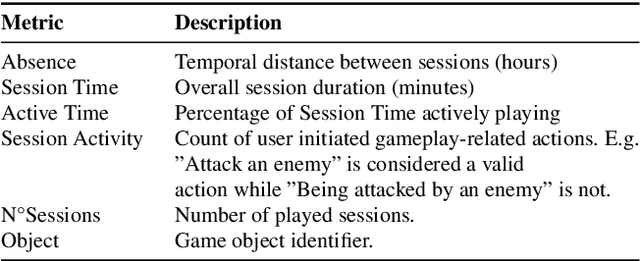

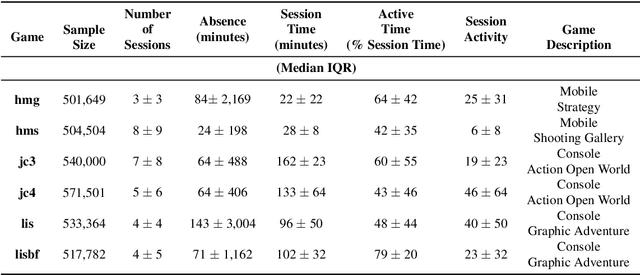
Abstract:Incentive salience attribution can be understood as a psychobiological process ascribing relevance to potentially rewarding objects and actions. Despite being an important component of the motivational process guiding our everyday behaviour its study in naturalistic contexts is not straightforward. Here we propose a methodology based on artificial neural networks (ANNs) for approximating latent states produced by this process in situations where large volumes of behavioural data are available but no strict experimental control is possible. Leveraging knowledge derived from theoretical and computational accounts of incentive salience attribution we designed an ANN for estimating duration and intensity of future interactions between individuals and a series of video games in a large-scale ($N> 3 \times 10^6$) longitudinal dataset. Through model comparison and inspection we show that our approach outperforms competing ones while also generating a representation that well approximate some of the functions of attributed incentive salience. We discuss our findings with reference to the adopted theoretical and computational frameworks and suggest how our methodology could be an initial step for estimating attributed incentive salience in large scale behavioural studies.
From Theory to Behaviour: Towards a General Model of Engagement
Apr 27, 2020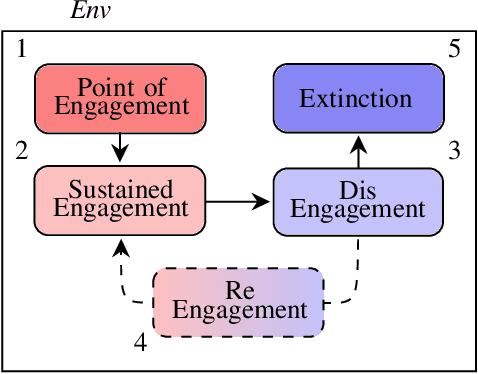
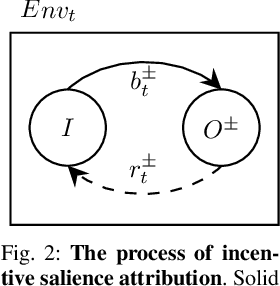
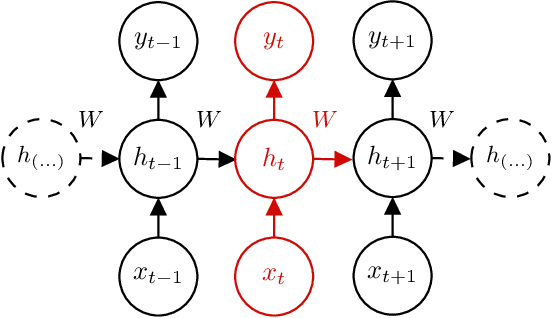
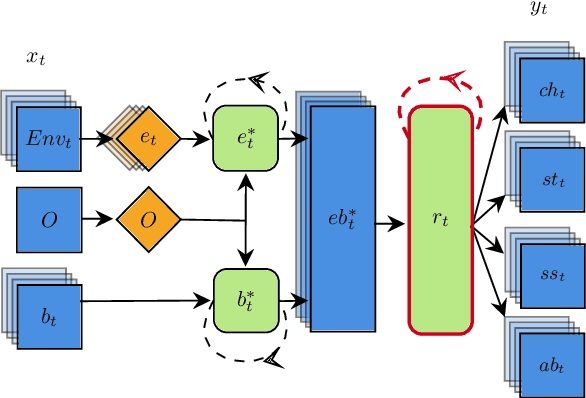
Abstract:Engagement is a fuzzy concept. In the present work we operationalize engagement mechanistically by linking it directly to human behaviour and show that the construct of engagement can be used for shaping and interpreting data-driven methods. First we outline a formal framework for engagement modelling. Second we expanded on our previous work on theory-inspired data-driven approaches to better model the engagement process by proposing a new modelling technique, the Melchoir Model. Third, we illustrate how, through model comparison and inspection, we can link machine-learned models and underlying theoretical frameworks. Finally we discuss our results in light of a theory-driven hypothesis and highlight potential application of our work in industry.
Modelling Early User-Game Interactions for Joint Estimation of Survival Time and Churn Probability
May 31, 2019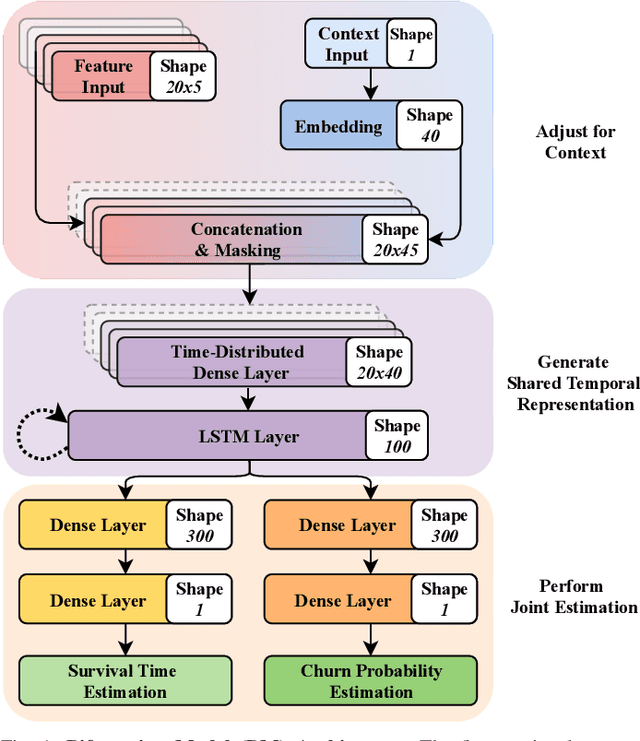
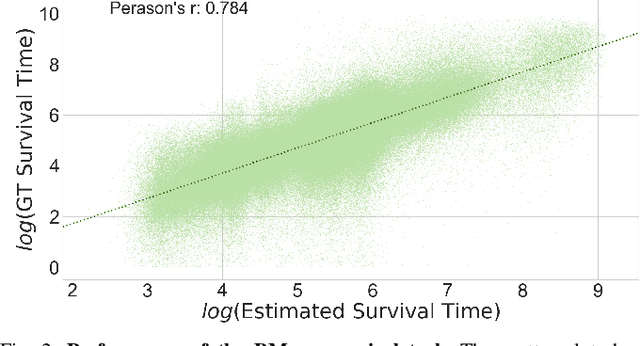
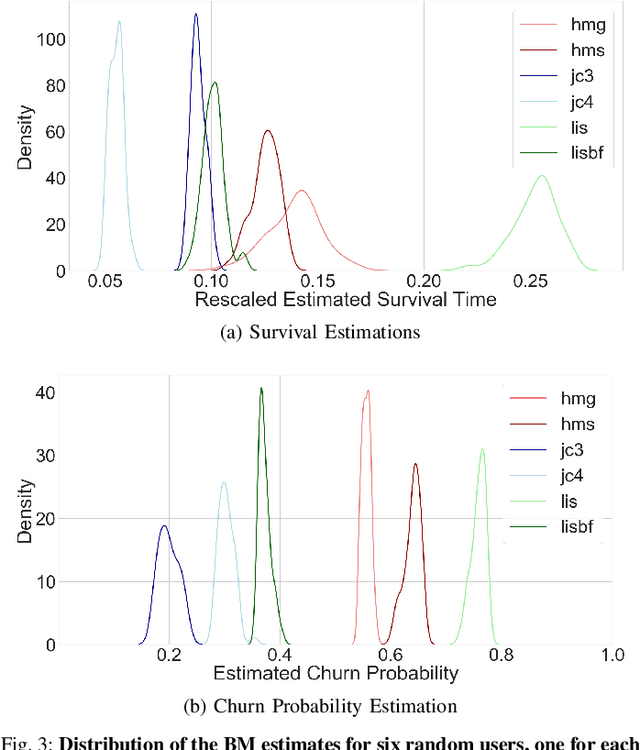

Abstract:Data-driven approaches which aim to identify and predict player engagement are becoming increasingly popular in games industry contexts. This is due to the growing practice of tracking and storing large volumes of in-game telemetries coupled with a desire to tailor the gaming experience to the end-user's needs. These approaches are particularly useful not just for companies adopting Game-as-a-Service (GaaS) models (e.g. for re-engagement strategies) but also for those working under persistent content-delivery regimes (e.g. for better audience targeting). A major challenge for the latter is to build engagement models of the user which are data-efficient, holistic and can generalize across multiple game titles and genres with minimal adjustments. This work leverages a theoretical framework rooted in engagement and behavioural science research for building a model able to estimate engagement-related behaviours employing only a minimal set of game-agnostic metrics. Through a series of experiments we show how, by modelling early user-game interactions, this approach can make joint estimates of long-term survival time and churn probability across several single-player games in a range of genres. The model proposed is very suitable for industry applications since it relies on a minimal set of metrics and observations, scales well with the number of users and is explicitly designed to work across a diverse range of titles.
 Add to Chrome
Add to Chrome Add to Firefox
Add to Firefox Add to Edge
Add to Edge